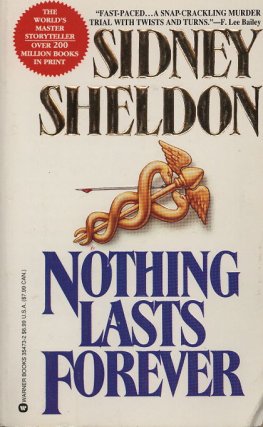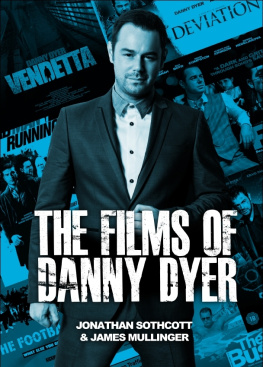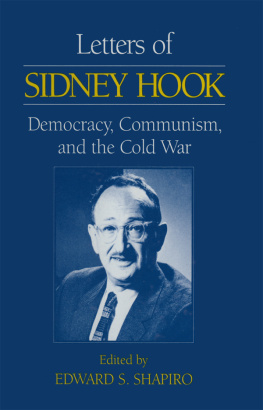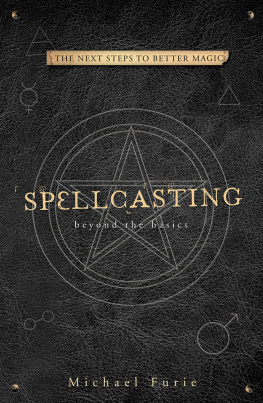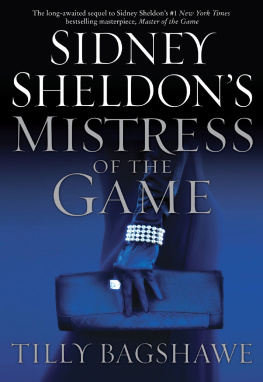SIDNEY J. FURIE
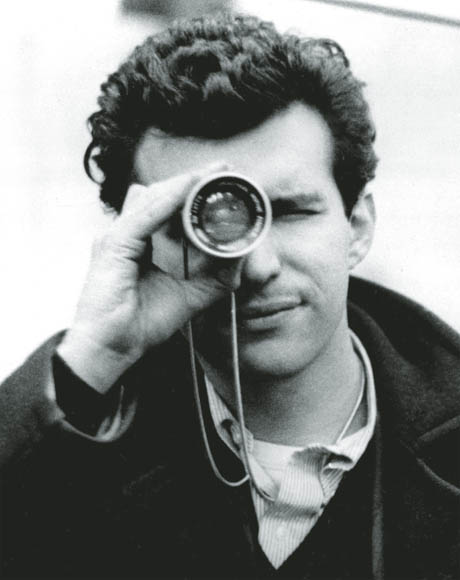
SIDNEY J. FURIE
Life and Films
DANIEL KREMER

Due to variations in the technical specifications of different electronic
reading devices, some elements of this ebook may not appear
as they do in the print edition. Readers are encouraged
to experiment with user settings for optimum results.
Copyright 2015 by The University Press of Kentucky
Scholarly publisher for the Commonwealth,
serving Bellarmine University, Berea College, Centre College of Kentucky, Eastern Kentucky University, The Filson Historical Society, Georgetown College, Kentucky Historical Society, Kentucky State University, Morehead State University, Murray State University, Northern Kentucky University, Transylvania University, University of Kentucky, University of Louisville, and Western Kentucky University.
All rights reserved.
Editorial and Sales Offices: The University Press of Kentucky
663 South Limestone Street, Lexington, Kentucky 40508-4008
www.kentuckypress.com
Frontispiece: Courtesy of the Everett Collection. Unless otherwise noted, photographs are from the authors collection.
Library of Congress Cataloging-in-Publication Data
Kremer, Daniel, 1984
Sidney J. Furie : life and films / Daniel Kremer.
pages cm (Screen classics)
Includes bibliographical references and index.
ISBN 978-0-8131-6596-7 (hardcover : alk. paper)
ISBN 978-0-8131-6598-1 (pdf) ISBN 978-0-8131-6597-4 (epub)
1. Furie, Sidney J. 2. Motion picture producers and directorsCanadaBiography. I. Title.
PN1998.3.F865K84 2015
791.430233092dc23
[B] 2015026559
This book is printed on acid-free paper meeting the requirements of the American National Standard for Permanence in Paper for Printed Library Materials.

Manufactured in the United States of America.

| Member of the Association of
American University Presses |
To my mother and my aunts, who, during my childhood,
were dispatched to find and purchase the offbeat movies
that I requested they give me as gifts for birthdays
and holidays (of which The Ipcress File was one)
Contents
Foreword
Sidney J. Furie will no doubt always be known as an American filmmaker, but England and his native Canada can also lay claim to him. Although he is remembered these days for his more commercial Hollywood films, such as The Appaloosa, Lady Sings the Blues, Little Fauss and Big Halsy, many would claim that his strongest work was done in England in the sixties (The Leather Boys and The Ipcress File). Canadian film historians note the contribution he made to the early days of Canadian cinema in the fifties. This is all to say that Furie has led at least three lives in his long and illustrious career.
The 1950s was not a terribly auspicious time for a young Canadian aspiring to make feature films. There was no film industry to speak of. But, undaunted, a generation of future filmmakers gravitated, perhaps ironically, to the nascent form of television. The Canadian Broadcasting Corporation is where Canadians like Norman Jewison, Ted Kotcheff, Silvio Narizzanoand Sidney Furiegot their start. And more ironically, all of them followed exactly the same career path. After their early CBC days, they emigrated to England, where they established their careers and made their names. Then each made the cross-Atlantic trip again, this time to the mecca of Hollywood.
Sidney Furie was perhaps the most ambitious of these for that time, however, as he is the only one who, before he left, made full features, two brightly innocent, naive works that captured the rhythms and voice of a generation. Through the very act of directing these films, he staked his claim and left an indelible mark on my countrys cinematic history. A Dangerous Age and A Cool Sound from Hell acted as his calling cards when he arrived in England, and they led almost immediately to the successes of The Young Ones and The Leather Boys. But it was with The Ipcress File that Furie jumped into the front ranks of filmmaking, and its success led to Los Angeles and a long and enduring career.
Too restless to be classified as a true auteur by critics, Furie was most often considered a fine craftsman who, much like his contemporaries Jewison and Kotcheff, applied his skills to a wide range of films and genres. Stylish, forceful, creative, and imaginative, Furie joins a long list of Hollywood professionals from an earlier era who were content to step behind a camera and let the story tell itself.
It remains a wonder to behold that he started making striking, bold, and of-the-moment feature films in Canada when the only game in town was the short films being made by the NFB. Furie and his films captured a country struggling to establish its identity. That he went on to such an exemplary career makes this book all the more important.
Piers Handling
Director
Toronto International Film Festival
Prologue
Opening the Furie File
This is the first book ever written about Sidney J. Furie, a filmmaker who, in varying quarters, has been branded a wizened old hack, a journeyman, and an industry stalwart on a woeful losing streak. But also, sometimes in the same breath, he has been identified as a visual virtuoso, a pioneer in his home country of Canada, an auteur, and a marginalized film artist unaccountably neglected by cineastes, historians, and film scholars. Intriguingly, the polar extremes of these contradictory claims suggest a paradox. The statement I am writing a book about Sidney Furie beckons the question Which Sidney Furie? because the sundry nature of his work leaves one breathless. One thing is certain: for a man who has enjoyed as lengthy, eclectic, and impressive a career as Furies, he has heretofore never been seriously covered in any depth whatsoever. Indeed, he has often been dismissed outright. This book, then, becomes a fresh appraisal rather than a reappraisal.
As the author of this book, I have had to build the foundations of my Furie scholarship nearly from the ground up. My intent is to fill the gap and draw attention to Furies rich body of work, because his prolific career extends beyond a randomized selection of titles; it suggests a filmmaker with identifiable stylistic and thematic trademarks. His work engenders many workflows and movements, including early Canadian independent cinema, the British New Wave, the New Hollywood, American studio filmmaking, the Hollywood blockbuster wave in the eighties, and the direct-to-video assembly line in the nineties and the first decade of the current century. For his involvements in the latter two, connoisseurs of cinema have indicted him and cast him aside, but it would be disingenuous to favor this knee-jerk verdict, because it overlooks how his career has been a broad evolutionary journey. It would be equally disingenuous to overlook how the man himself has evolved in conjunction with his work.
Furie is not neglected wholesale, nor has anything overshadowed his individual moments of career glory. If the cognoscenti have written him off, his list of individual achievements speaks for itself, and his chief defenders and enthusiasts are filmmakers rather than academics, historians, and scholars. As cinematographer Stephen Burum told me in his interview, As far as Im concerned, a book on Sidney is so long overdue because he is one of the three best staging and camera directors Ive ever known. The other two are Brian De Palma and Francis Coppola. The British Film Institute has recognized Furies BAFTA (British Academy of Film and Television Award) Best Picture Awardwinning
Next page

